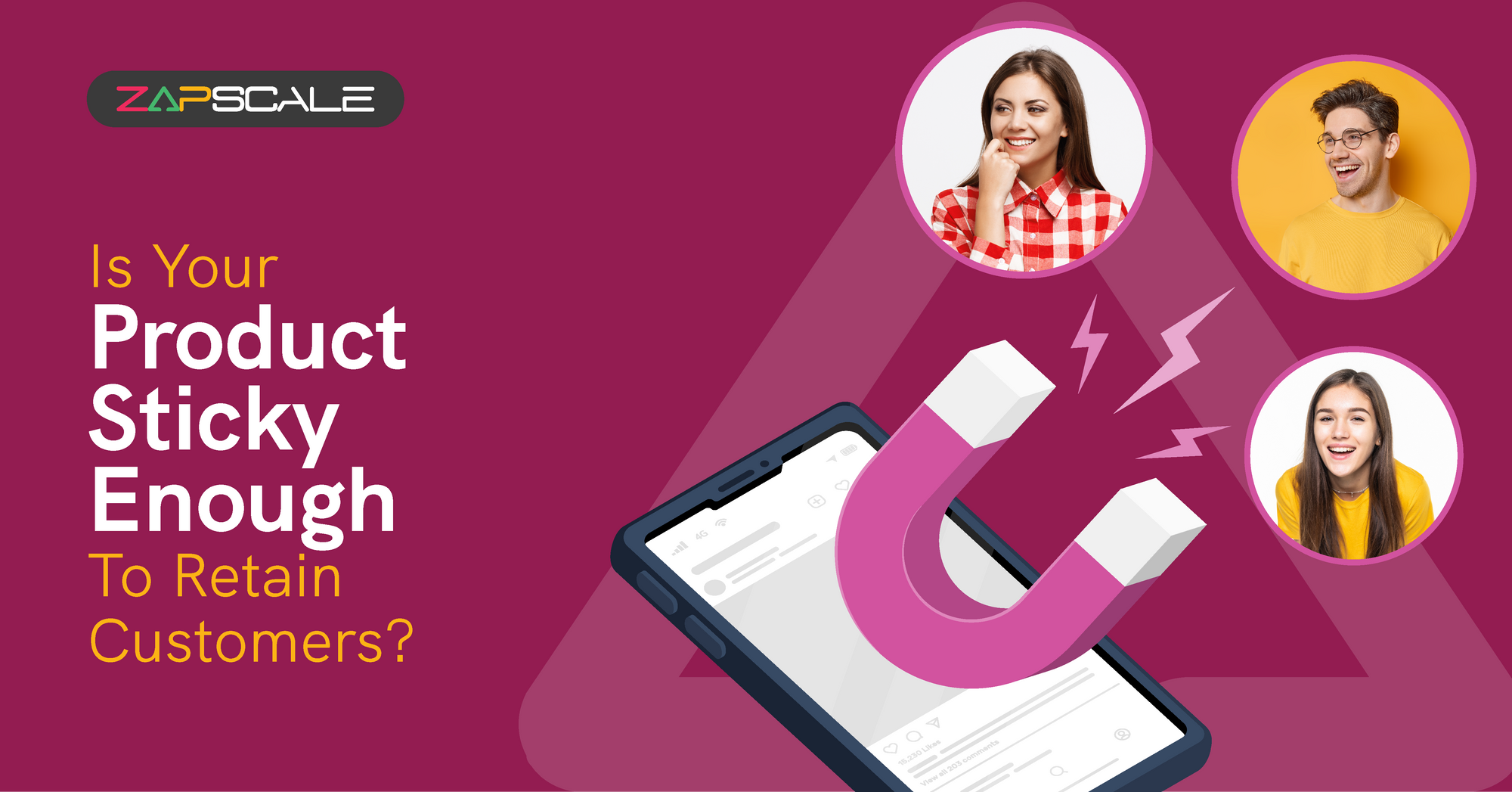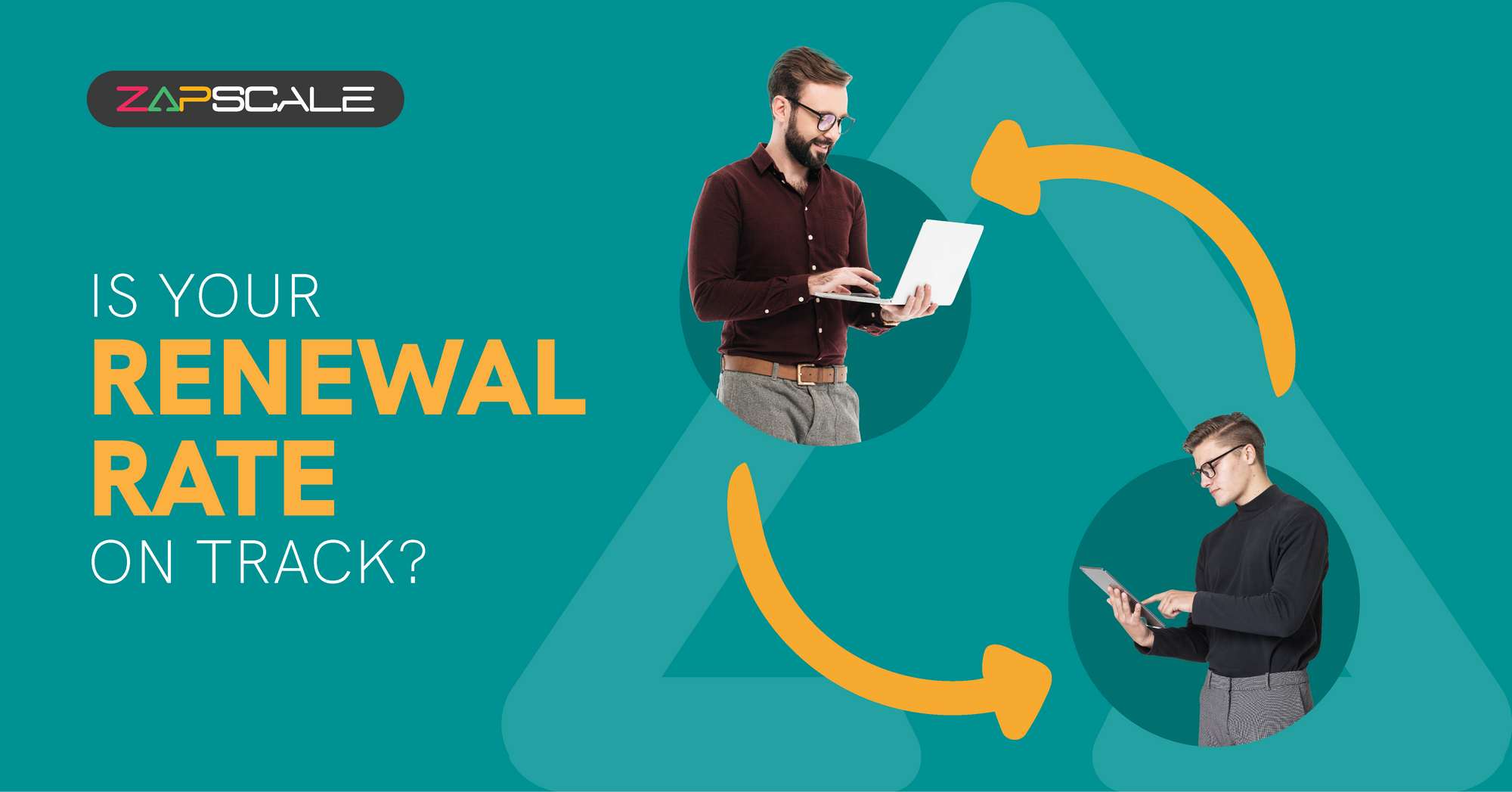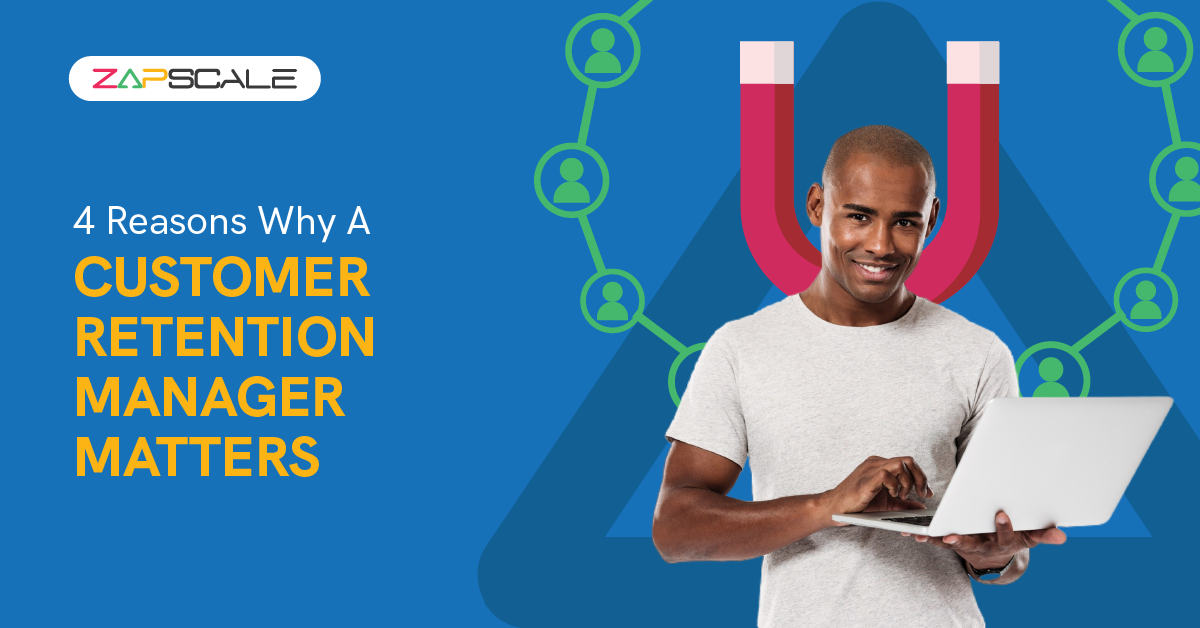CATEGORY > Customer Retention
What is Customer Retention and why do you need to focus on it?
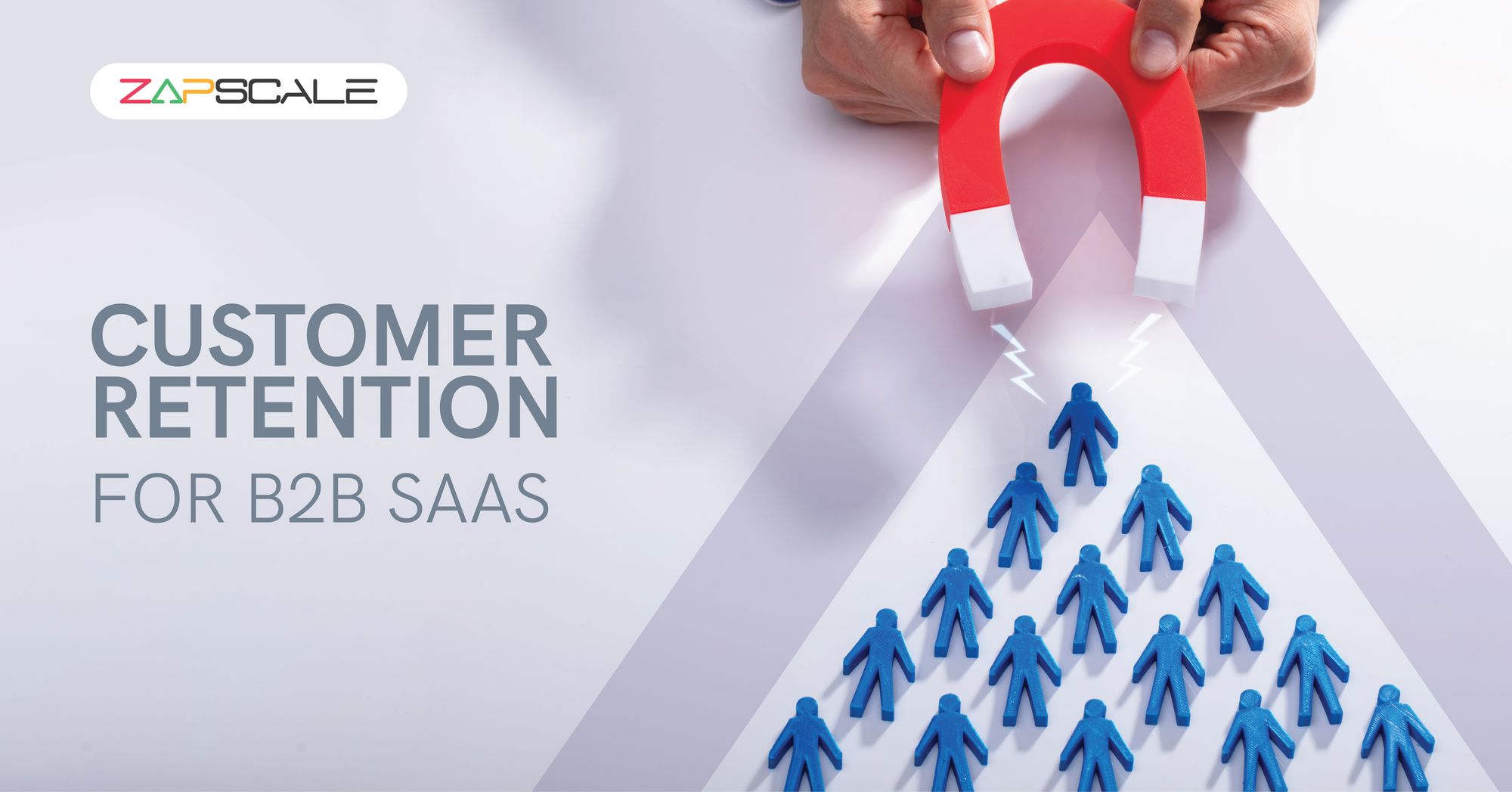
If I ask you, ‘What is the most essential thing for any business?’, what would you answer? Of course ‘customers’ right? Absolutely, and why not? Customers drive revenue and they’re the reason why a business continues to exist. But should you solely focus on getting more logos for your business? What about your current customers? Data shows that focusing on the current customers is very crucial as a mere 5% increase in customer retention can increase the bottom line by 25% to 95%.
Also, acquiring new customers is much more expensive than retaining existing customers. Thus, to ensure sustainable and organic growth for your business, it is extremely critical that you serve your current customers to their satisfaction.
“Do what you do so well that they will want to see it again and bring their friends,” said Walt Disney. Apply this to the SaaS world and it fits in perfectly. When you bring value to your customers, they not only stick with you but also become your brand advocates.
To put it simply, you need more money and time to attract new customers, but if you retain your current ones and they keep bringing you recurring revenue – it pretty much does the same thing at a much lower expense. This is why customer retention is so important. Let’s dive a little deeper into it in this article.
What is Customer Retention?
It literally means retaining or keeping your current customers. Customer retention is all about fostering long-term relationships with your customers by enhancing the value they derive from the products or services you offer. Every interaction your customers have with your business or product plays an important role in shaping the overall experience. Meeting their said and unsaid needs and expectations at the right time is the only way to build customer loyalty and trust. And that is how they will buy from you – again and again. And again.
Many businesses often have a myopic focus on attracting new customers, which is important of course, but you need to remember that around 65% of business generally comes from the existing customer base. Hence, customer retention is the factor that can differentiate you from the competition.
“Loyal customers, they just don’t come back; they don’t simply recommend you; they insist that their friends do business with you.”
Chip R. Bell, World-Renowned Author
Why is Customer Retention so important?
A retained customer is a blessing for any business. Did you know that your existing customer spends almost 67% more on you than a new one? There’s a 50% higher chance of an existing customer buying your new product or service compared to the new one. There’s a 65% probability of selling any of your products or services to your existing customer! Isn’t that crazy?
On the other hand, it costs around 5X more to acquire a new customer than to keep the one you’ve got. Need I say more? It’s pretty much clear why a business under no circumstances can ignore customer retention management. It’s what makes your business sustainable!
Customer Retention Strateges
Customer retention is the vital for any SaaS business. It is more cost-effective to retain existing customers than acquire new ones. Here are some key strategies to improve customer retention for SaaS businesses:
A. Onboarding and Education
- Set clear expectations: Communicate clearly what your product can do and what it can’t. This can reduce churn by unmet expectations.
- Deliver the “Aha Moment”: Help users quickly experience the the business outcome of your product. This increases initial engagement and motivates continued use of your platform.
- Provide a seamless onboarding experience: It’s crucial to guide users through key features and workflows. Consider interactive walkthroughs or personalised onboarding experiences.
B. Product and Customer Success
- Consistently add value: Regularly update your product with useful features and improvements based on customer feedback.
- Exceptional customer support: Make it easy for users to get help when they need it. Provide multiple support channels and prioritize fast response times
- Minimise friction: Identify and remove any pain points or obstacles within your product that hinder user experience.
C. Engagement and community
- Create a communication schedule: Regularly communicate with users about product updates, best practices, and success stories.
- Build a product community: Build a space where your users can connect, share insights and help/educate each other.
- Give a personalised experience: Regularly communicate with users about product updates, best practices, and success stories.
D. KPI tracking and feedback consolidation
- Track your KPIs: Monitor key customer retention metrics like churn rate, customer health score, customer lifetime value, and Net Promoter Score (NPS) to identify areas for improvement.
- Collect customer feedback: Regularly ask users for feedback through surveys, in-app prompts, or user interviews.
- Encourage feedback: Demonstrate that you value customer feedback by incorporating it into your product roadmap.
Using these strategies, SaaS businesses can create a loyal customer base, reduce customer churn and achieve an organic and sustainable growth.

How to measure Customer Retention?
There are three most common metrics used to establish customer retention for a business:
- Customer Retention Rate
- Customer Churn Rate, and
- Customer Lifetime Value
1. Customer Retention Rate (CRR):
Simply put, CRR is the percentage of customers that the business was able to retain at the end of a given period of time. So, to put it into a formula we have:

2. Customer Churn Rate (CCR):

3. Customer Lifetime Value (CLV):
The total revenue a business earns from a customer during the entire tenure of their relationship with the company is called the Customer Lifetime Value. This metric is mostly used to identify the most loyal customers for a business.
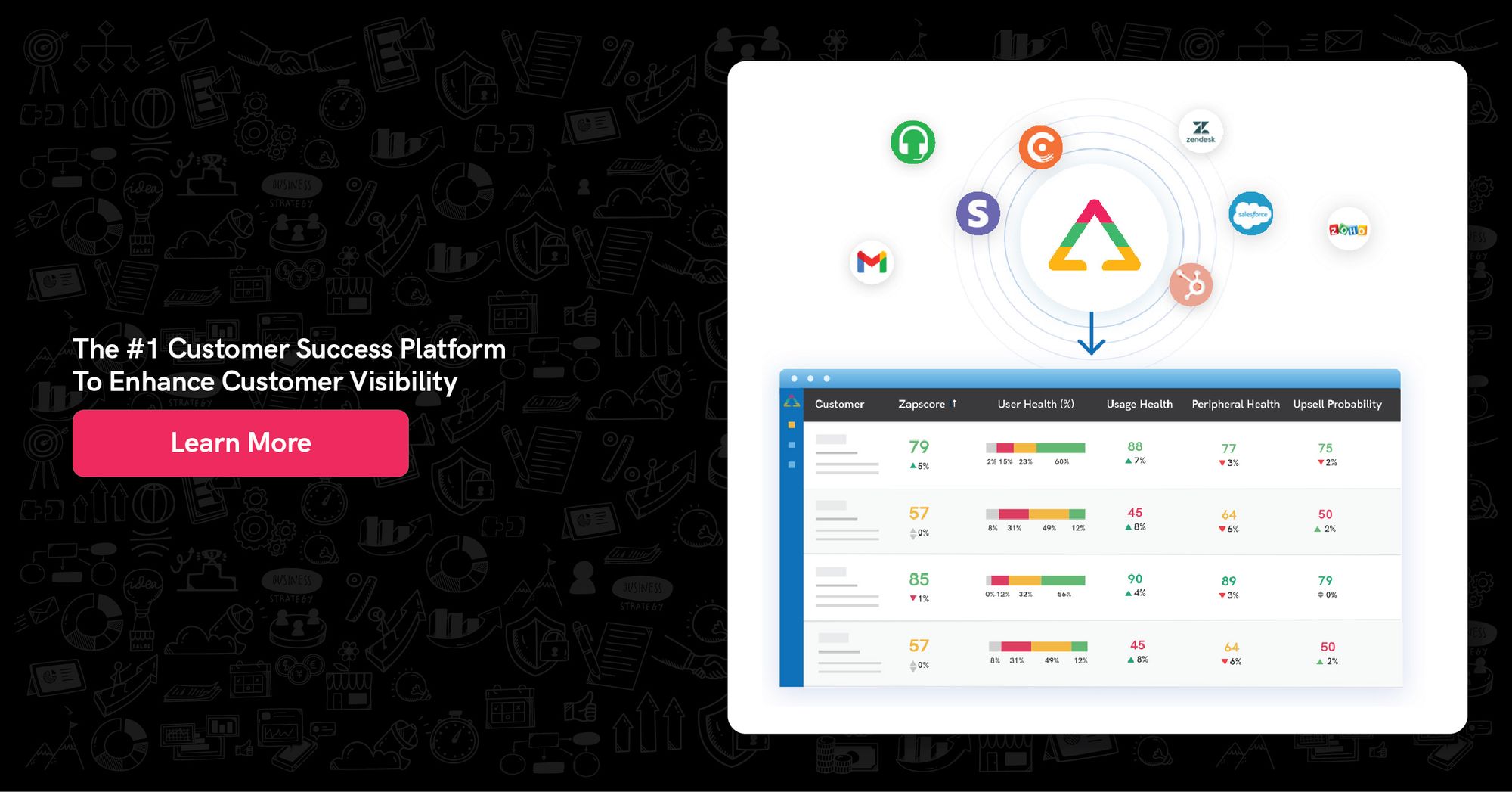
Conclusion
Customer retention is not an overnight activity. It takes years of persistence and dedication towards understanding customers’ needs and wants and giving them exactly that, at the right time.
And that is when they’ll be happy to buy from you every time you want them to! In partnership with Sailthru, Forbes Insights conducted a global survey of 300 retail and media executives to examine their customer retention strategies. To their surprise, despite the widely known benefits of retention, only 14% of the survey companies focused on and excelled in customer retention.
Are you dedicated to focusing more on retention?
Frequently Asked Questions
Q: Isn't acquiring new customers more important than keeping existing ones?
Acquiring new customers is important, but retaining existing ones is generally more cost-effective. Studies show that even a small increase in customer retention can significantly boost your bottom line.
Q: How can I measure customer retention?
There are several key metrics to track customer retention, including churn rate, customer lifetime value, and Net Promoter Score (NPS).
Q: What are some simple things I can do to improve customer retention?
There are many strategies you can implement, including providing exceptional customer support, regularly communicating product updates, and actively seeking customer feedback.
ABOUT THE AUTHOR
Popular from Customer Retention
Quality Content,
Straight To Your Inbox!
Subscribe for the latest blogs, podcasts, webinars, and events!

Write a Blog
If you have experience in CS and
a flair for writing, we’d love to
feature you.
Write to us on
hello@zapscale.com

